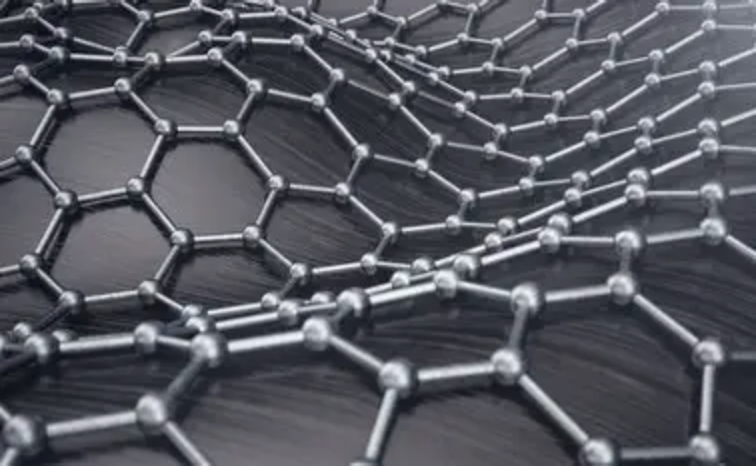
1、 The New Paradigm of Materials Science
The field of modern materials engineering is undergoing a paradigm shift from static characteristics to dynamic response. In traditional cognition, the physical properties of materials are considered inherent attributes, while emerging research directions focus on endowing materials with the ability to actively respond to external stimuli. This transformation breaks through the boundary between material and functional aspects, opening up new paths for intelligent system design.
2、 Breakthrough in biomimetic structural design
Recently, a certain research institution has made significant progress in the field of materials innovation, and its results have been published in international academic journals. The research team was inspired by the morphological evolution of nature and developed a composite structure with autonomous deformation ability. This material system abandons traditional mechanical transmission mechanisms and achieves intelligent control of macroscopic morphology through topological optimization of microstructure.
3、 Innovation in Energy Conversion Mechanism
The core of this material lies in its unique energy conduction network design. Researchers have constructed multi-layered cascaded response units, each with independent environmental perception and energy conversion functions. When a specific excitation is applied by an external energy field, the synergistic effect between units will produce a chain deformation effect. This distributed response mechanism significantly improves the overall strain efficiency of the material system.

4、 Interdisciplinary technology integration
1. Biomimetic inspiration: Drawing on the self-healing characteristics of biological tissues, constructing a structural framework with damage tolerance capability
2. Electromagnetic applications: Developing non-contact energy transfer systems to achieve remote and precise control
3. Thermodynamic optimization: Establish a dynamic energy dissipation model to enhance system stability
5、 Application prospects and prospects
This intelligent material demonstrates transformative potential in multiple technological fields. In the field of industrial manufacturing, adaptive mold systems can be developed to adjust product molding parameters in real-time. In the field of precision instruments, sensing elements with self calibration function can be developed. For extreme environmental operation equipment, this material can significantly enhance the equipment's environmental adaptability.
6、 Technological Evolution Direction
1. Miniaturization integration: Compressing the size of functional units to the micrometer level to enhance response sensitivity
2. Multimodal response: Integrating multiple excitation methods such as light, heat, and electricity to enhance environmental adaptability
3. Self learning ability: Introducing a class neural network structure to achieve continuous performance optimization of the system
7、 Industry Impact Analysis
This technological breakthrough will reconstruct the value chain of traditional manufacturing industry. The product design process needs to establish a dynamic performance evaluation system, the production process needs to adapt to variable form processing technology, and the quality control standards are also facing fundamental reforms. This transformation may give rise to a new industrial ecosystem, driving material suppliers to transform into solution providers.

8、 Social ethical considerations
With the popularization and application of smart materials, relevant ethical issues are gradually emerging. A traceable mechanism for material behavior needs to be established to prevent uncontrollable risks that may arise from autonomous systems. At the same time, it is necessary to improve the failure warning standards for intelligent materials to ensure the safety of technological applications.
This study marks the beginning of the era of active response in materials science. When the material structure itself possesses intelligent response characteristics, the complex transmission mechanisms of traditional mechanical systems may gradually exit the historical stage. This transformation not only brings technological breakthroughs, but also triggers a rethinking of the essence of matter - materials are no longer cold objects, but intelligent carriers that can dynamically interact. The future development direction of materials science may lie in creating more material forms with life characteristics.





